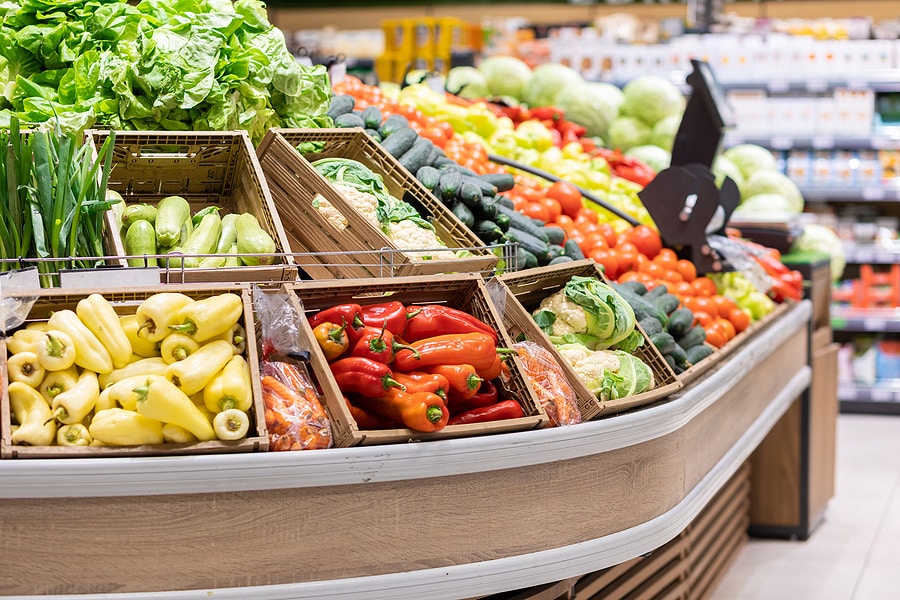7 Ways to Save Money on Groceries

Plan a Weekly Menu
The easiest way to grocery shop is to already know what to buy. If you make a list of the breakfasts, lunches, and dinners you will have that week, you’ll already know which ingredients to buy. Remember, most people eat the same meals throughout the week, so keep leftovers in mind.
Search for Off-Brand
Almost every single grocery store has their own version of a favorite food item. Whenever you find a famous snack, look for the grocery store version. It’s cheaper and tastes exactly the same.
Look Up and Down
Grocery stores put the most expensive food items at the shelves we see first. Cheaper items are usually on the top or bottom shelves. Look for these shelves when shopping.
Stay Away from Inner Aisles
Another trick grocery stores do is put food everyone eats at the ends of the aisle. These foods are the cheapest because everyone needs them. The expensive items, like snacks, are in the middle of the aisle.
Base Shopping on Coupons/Sales
Those newspapers you get in the mail from your grocery store are important! They usually have coupons and sales inside. Try to plan your meals and shopping list around these discounts. See how many of your ingredients can be bought with coupons.
Avoid Pre-Made
It might be easier to buy food that is ready to eat, but that kind of food is more expensive. Try to buy dried beans instead of beans in a can (they’re not hard to cook!). Buy a head of lettuce instead of lettuce in a bag. If it’s cheaper, buy whole cheese instead of shredded cheese.
Don’t Always Buy Organic
Organic food is expensive, and it isn’t always better for you. This list will show you fruits and vegetables that are safe to eat even if they’re not organic.
Are you an adult living with a disability and need help managing your money? Contact Acumen Fiscal Agent.

